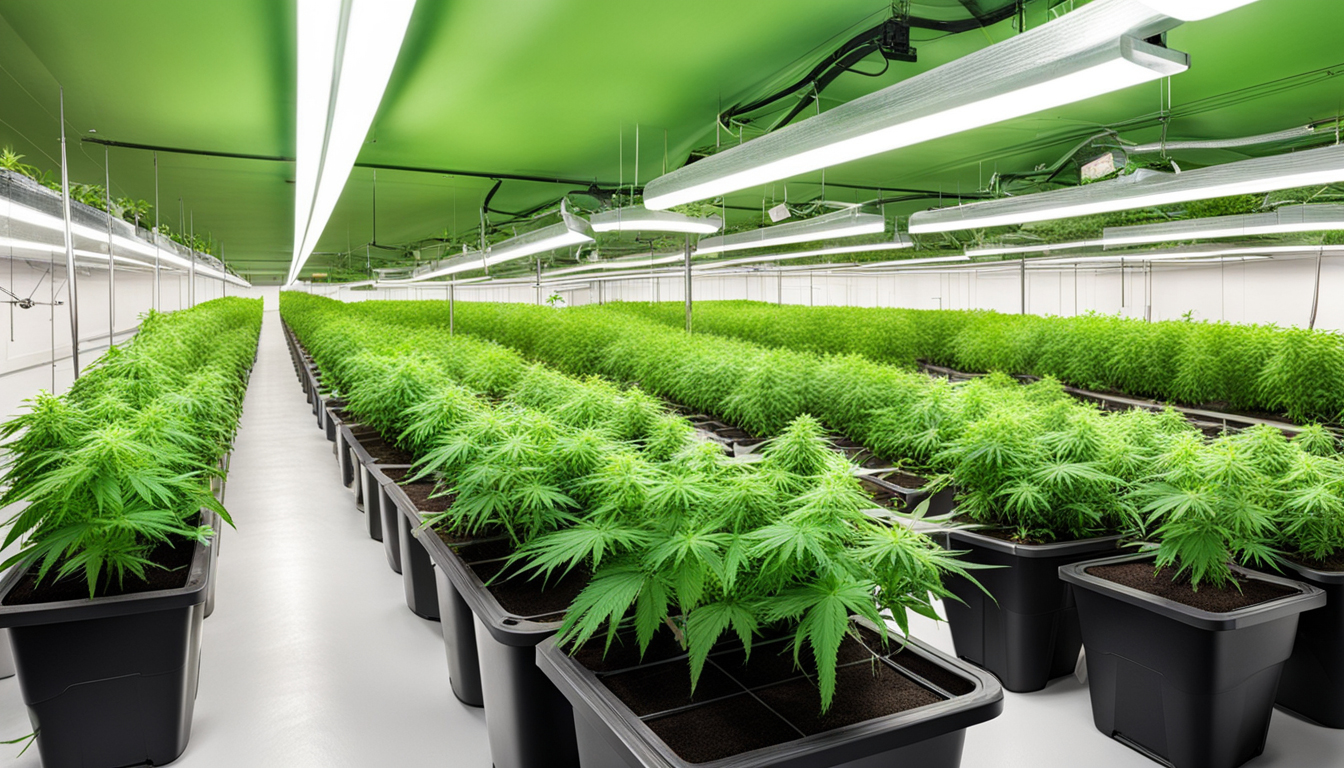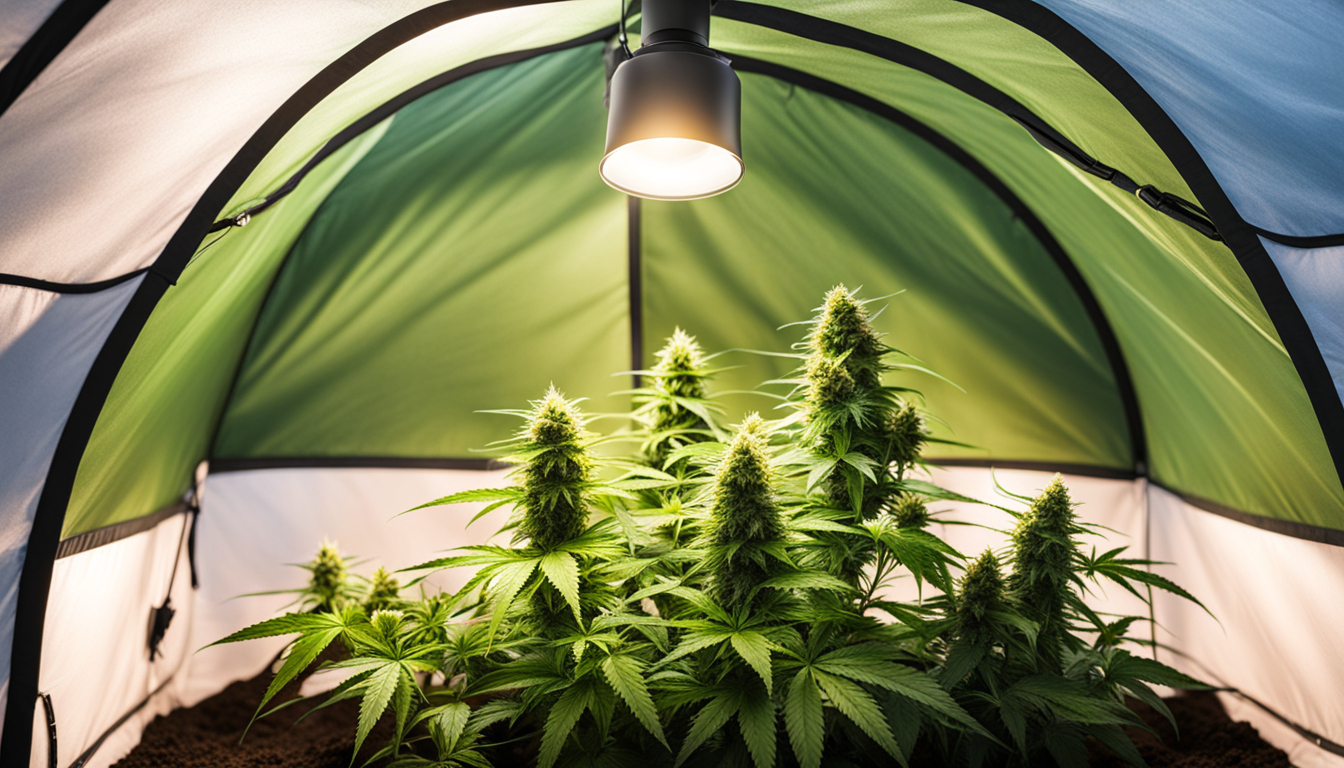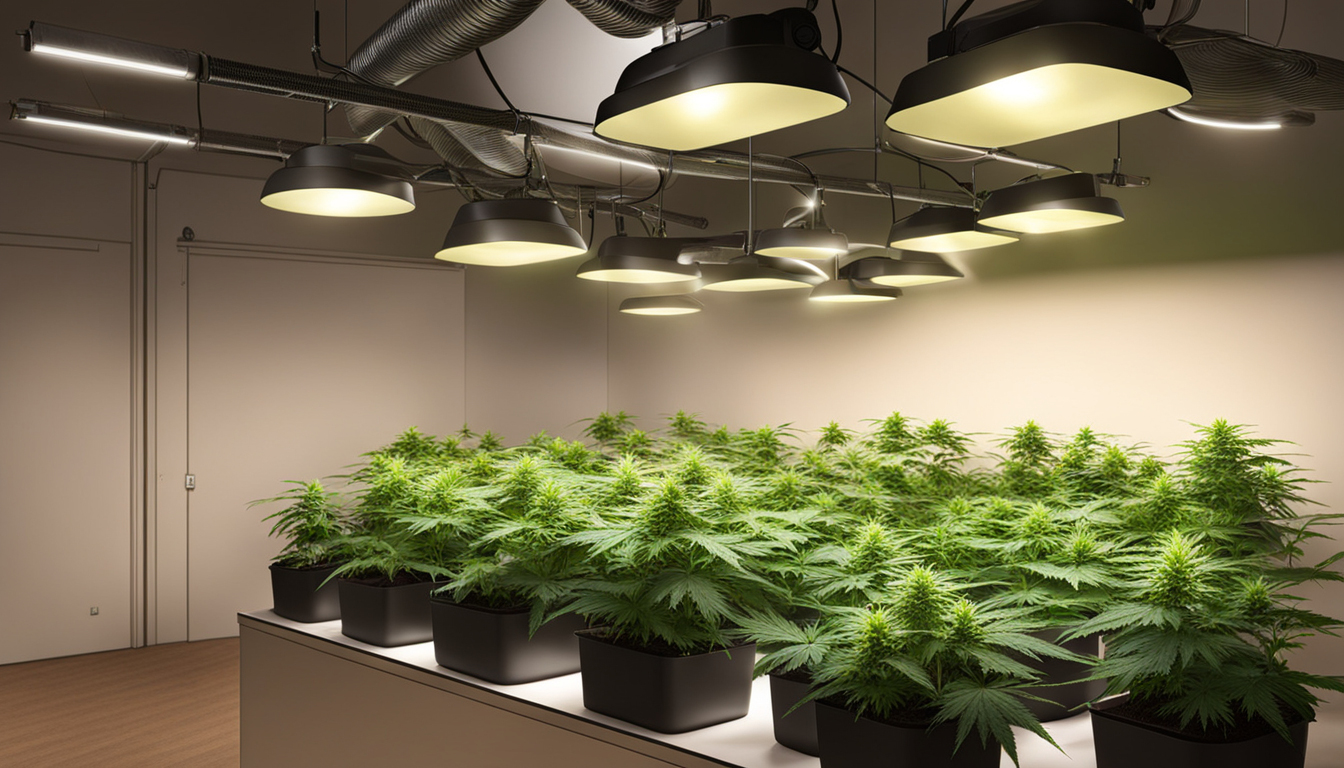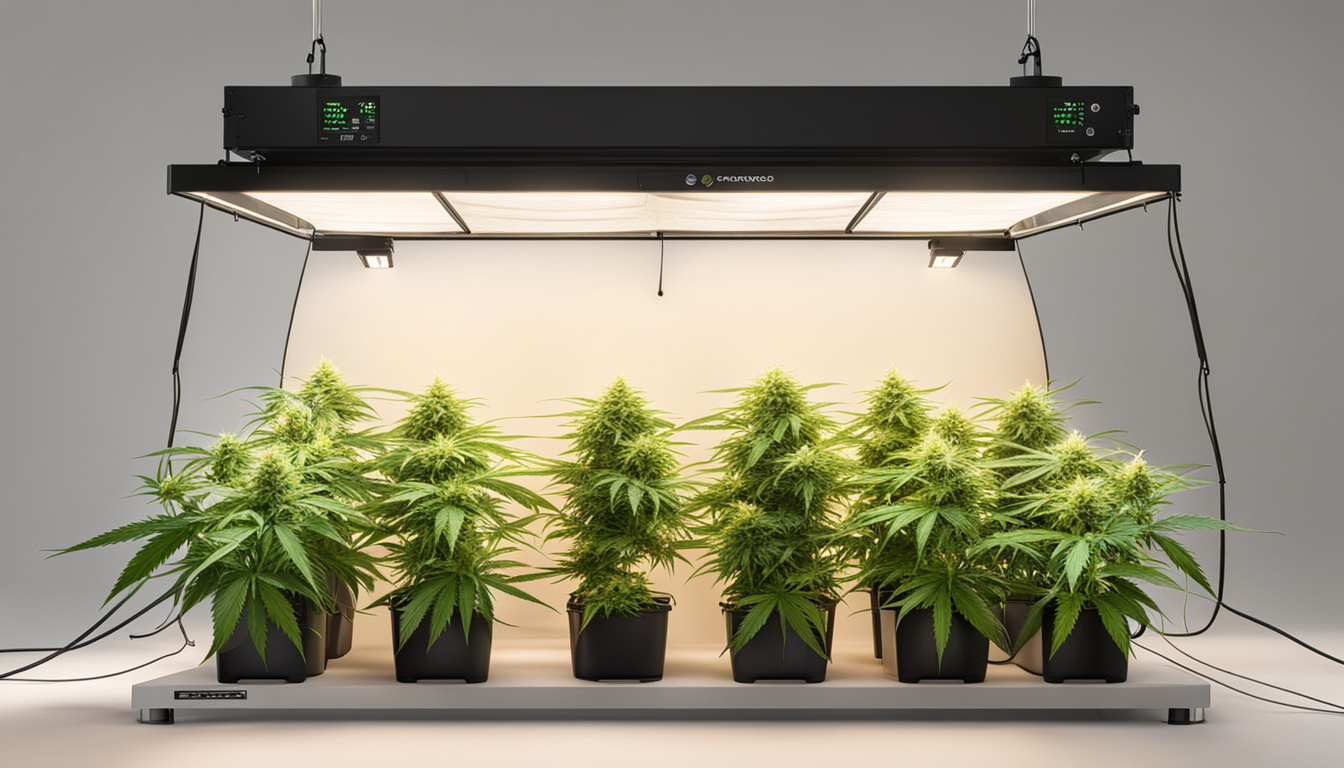
Whether you're new to marijuana production or looking to improve your existing grow, following this complete guide will help you produce large, high-quality yields right at home. With the right gear, methods, and attention, cultivating cannabis indoors can be an extremely satisfying and cost-effective endeavor.
Choosing Marijuana Varieties
The first step in planning your indoor harvest is picking the right weed varieties to cultivate. The three main types of pot plants each have their own characteristics.
Sativas
Known for their invigorating intellectual effects, these strains spread tall and slender with narrow leaves. They flourish in warmer equatorial climates and have a longer flowering time between 10-12 weeks indoors. Top sativa strains include Jack Herer, Durban Poison, Super Lemon Haze, and Jack Herer.
Relaxing strains
These strains provide calming full-body effects and spread short and bushy with wide leaves. Accustomed to colder mountain climates, they bloom faster within 2-2.25 months. Popular relaxing varieties include Granddaddy Purple, Northern Lights, and Bubba Kush.
Hybrids
Hybrid strains blend traits from both sativas and relaxing strains. They offer blended effects and have medium blooming times around 2.25-2.5 months. Well-known hybrids are OG Kush, Girl Scout Cookies, and Blue Dream.

Setting Up Your Cultivation Space
Weed plants need the right controlled environment to flourish. Key factors for indoor grows are lights, ventilation, layout, and finding the ideal discreet location.
Location
Choose an available space with direct access to irrigation and electrical outlets. An empty spare room, large closet, basement corner, or cultivation tent securely placed in a garage all make great discreet grow room spots.
Lighting
Pot requires powerful light for all growth stages. LED grow lights are energy-efficient and come in broad spectrum options simulating natural sunlight. Provide 250-400 watts per square foot for the vegetative stage and 20-40 watts per sq. ft. for flowering.
Ventilation
Proper ventilation and exhaust systems keep ideal temperature, moisture, and fresh CO2 levels. Set up silent 4-6 inch blowers or scrubbers to refresh stale air and reduce odors.
Layout
Optimize your space by positioning plants strategically under the lamps and allowing room to access and work around them. Set up distinct zones for growth, flowering, drying, and propagation.

Cultivation Mediums
Pot can be grown in various mediums, each with benefits and cons. Pick a suitable option for your particular setup and growing style.
Soil
The traditional medium, soil is inexpensive and easy for new growers. It provides great taste but requires more watering and fertilizing to nourish plants. Amend soil with vermiculite or coco to enhance drainage.
Coconut coir
Made from coconut husks, renewable coco coir holds water but still lets in air to the roots. It's cleaner and more consistent than soil. Use coco-specific fertilizers to avoid accumulation.
Hydroponics
In hydro systems, plant roots develop directly in nutrient irrigation solution. This allows quick development but needs close observation of water properties. DWC and drip systems are popular techniques.
Germinating Seeds
Sprouting prepares your weed seeds to start sprouting taproots. This readies them for planting into their cultivation medium.
Paper Towel Method
Place seeds between wet paper towels and maintain them moist. Check after a week for emerging taproots showing germination is complete.
Planting directly
Plant seeds right into pre-moistened cultivation medium 1⁄4 inch deep. Gently water and wait 7-14 days until seedlings push through the top.
Cubic rockwool
Presoak cubic rockwool starters in balanced water. Insert seeds 6mm deep into the cubes. Keep cubes moist until seedlings appear within 1-14 days.
Transplanting Young plants
Once germinated, marijuana young plants need to be transplanted to avoid overcrowding. Move them into appropriately sized pots.
Preparing Containers
Fill final containers with cultivation medium amended with slow-release nutrients. Let pots to soak up water overnight before transplanting.
Gently repotting
Carefully loosen seedling roots from sprouting medium using a spade. Put into prepared container at same depth as before and lightly water in.
Vegetative Stage
The growth stage encourages foliage and plant structure through 18-24 hours of continual lighting intensity. This stage usually lasts 4-8 weeks.
Providing 3/4 to full day of Lighting
Use lamps on a 24 hour cycle or outdoor light to initiate nonstop photosynthesis. Light intensity influences size and node distance.
Fertilizing
Use vegetative stage nutrients higher in N. Make sure pH remains around 5.8-6.3 for full nutrient uptake. Fertilize 25-50% concentration after 14 cannabis indoor days and strengthen gradually.
Training Techniques
Topping, low stress training, and scrogging manipulate growth patterns for even canopies. This increases yields.

Bloom Stage
The blooming stage grows buds as plants reveal their sex under a 12 hour light schedule. It lasts 8-12 weeks depending on variety.
Switching to 12/12
Change lamps to 12 hours on, 12 hours off or move outdoors for outdoor 12/12 timing. This triggers plants to begin blooming.
Stop Fertilizing
Flushing flushes out fertilizer residuals to enhance flavor. Feed lightly the first weeks then just use plain water the last 2 weeks.
Flushing
Maintain 12 hour photoperiod but flush using pH-balanced water only. Return to clean watering if buds aren't yet mature after two weeks.
Harvesting
Recognizing when pot is completely mature ensures maximum potency and aroma. Cut down plants at peak maturity.
Signs of readiness
Check swollen calyxes, faded pistils, and 10-15% cloudy trichs. Inspect buds around the plant as they don't all ripen evenly.
Cutting Plants
Use sterilized, razor-sharp pruning shears to carefully slice each plant at the base. Leave several inches of stalk growing indoor attached.
Curing
Hang intact plants or colas upside down in a dark room with moderate temp and humidity around 50-60% for 1-2 weeks.
Curing
Curing keeps drying while aging the buds like aged spirits. This process smooths bitterness and intensifies terpene and terpene profiles.
Curing containers
Manicure dried buds from branches and store into glass jars, packing about 3⁄4 full. Use a hygrometer to monitor jar humidity.
Opening jars daily
Open containers for a short time daily to gradually lower moisture. Remoisten buds if RH goes under 55%.
Final Cure
After 14-21 days when humidity levels off around 55-60%, do a final manicure and store long-term in airtight jars.
Common Problems and Solutions
Even seasoned growers run into different marijuana plant problems. Identify problems early and fix them properly to keep a strong cannabisgrowguide.net garden.
Nutrient Deficiencies
Chlorosis often indicate inadequate nitrogen. Purpling stems and leaves signal phosphorus deficiency. Test pH and increase fertilizers gradually.
Bugs
Thrips, aphids, fungus gnats, thrips, and nematodes are common pot pests. Use neem oil sprays, predator bugs, and sticky traps for organic control.
Mold
Excessive humidity promotes botrytis and bud rot. Increase airflow and venting while lowering RH under 50% during flowering.

Summary
With this complete indoor cannabis cultivation guide, you now have the info to cultivate plentiful potent buds for private grows. Follow these steps and methods throughout the germination, growth, and flowering stages. Invest in good gear and closely monitor your plants. In time, you'll be rewarded with sticky fragrant buds you raised yourself under the loving care of your green thumbs. Good luck cultivating!